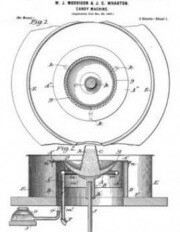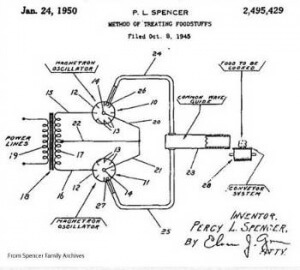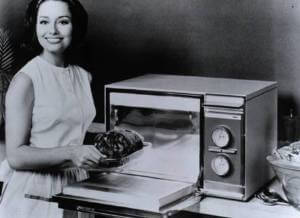December 8 is Take It in the Ear Day
What the heck is Take It in the Ear Day?
We don’t know who came up with Take It in the Ear Day, why they did or what it means. We can’t find any reference to its origin; it’s kept alive by holiday sites. (Full disclosure: we are now contributing to that.)
“Taking it in the ear” sounds, at best, uncomfortable and very possibly unsanitary. At worst, if it’s missing an “r,” as some say, it’s illegal in Florida, Alabama, Michigan, Idaho, Kansas, Mississippi, Louisiana, North Carolina, Oklahoma, South Carolina, Texas, and Utah. (Those states refuse to follow the 2003 U.S. Supreme Court ruling that such laws are unconstitutional.)
How can I celebrate Take It in the Ear Day?
Here are a few fun ear-centric activities to try:
At a gathering, intone, “Friends, Romans, countrymen, lend me your ears.” The force of their tepid laughter will indicate the depth of their fondness for you. Someone who is embarrassed for you is most assuredly your friend.
Whisper sweet nothings into your true love’s ear. It should go without saying that this person, while not necessarily loving you back, at the very least knows you and will not be alarmed by your approach. (Otherwise, pepper spray and restraining orders may ensue. Also, lay off the garlic.)
Call a friend and listen. (Say hello first, of course, or it could get confusing.) Sometimes all someone needs is a sympathetic ear. You can also gift that honor to others by talking their ears off. They may never appreciate your sacrifice so we’ll say it: Well done.
Pierce your ear(s). Know when to say when, though. If you go to the beach and a metal detector dragging an old guy attaches itself to your head, you may need to cut back on your ear gear. (A note about ear gauges: nobody likes floppy earlobes except Buddha and plastic surgeons.)
Make a pair of Spock ears in your microwave. Instructions here.
Our Favorite Ear Quotes
The ear is the avenue to the heart.
VoltaireGive every man thy ear, but few thy voice.
William ShakespeareI ain’t the same person I was when I bit that guy’s ear off.
Mike Tyson
Just do it!
While we aren’t sure what “it” is, we do know that today should be fun. Remember this old adage: Never stick anything smaller than your elbow in your ear. If you can do that, you either have a tiny elbow or a huge elephantine ear–or both–and you deserve a holiday of your own. (Call us!)
![]()

 Dentist William Morrison and confectioner John C. Wharton invented the first electric spinning
Dentist William Morrison and confectioner John C. Wharton invented the first electric spinning  In 1949, Gold Medal Products launched a
In 1949, Gold Medal Products launched a  In 1955, Raytheon and a company called Tappan collaborated on the
In 1955, Raytheon and a company called Tappan collaborated on the 

 On
On